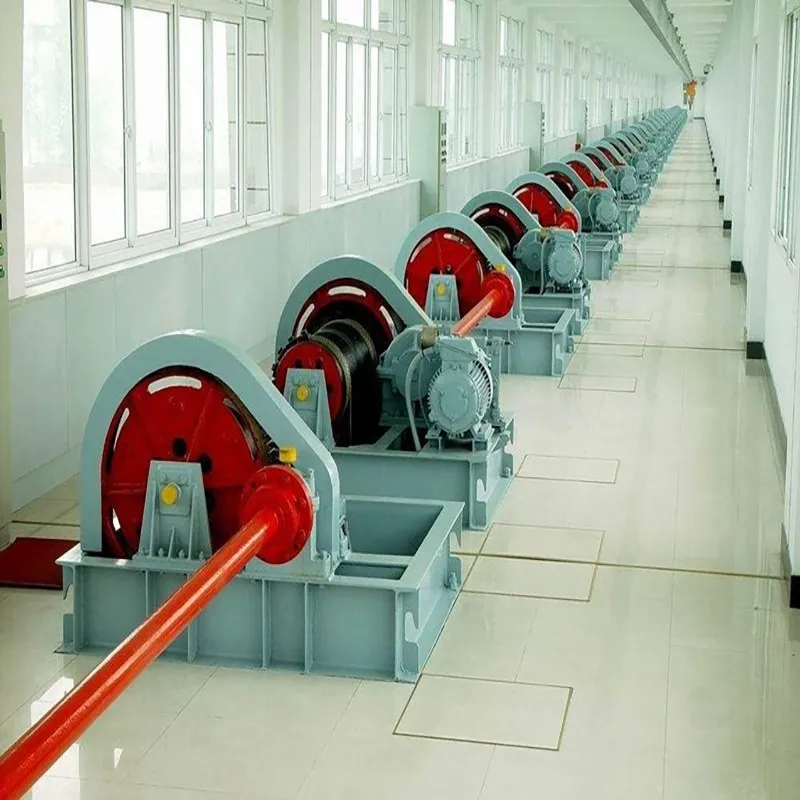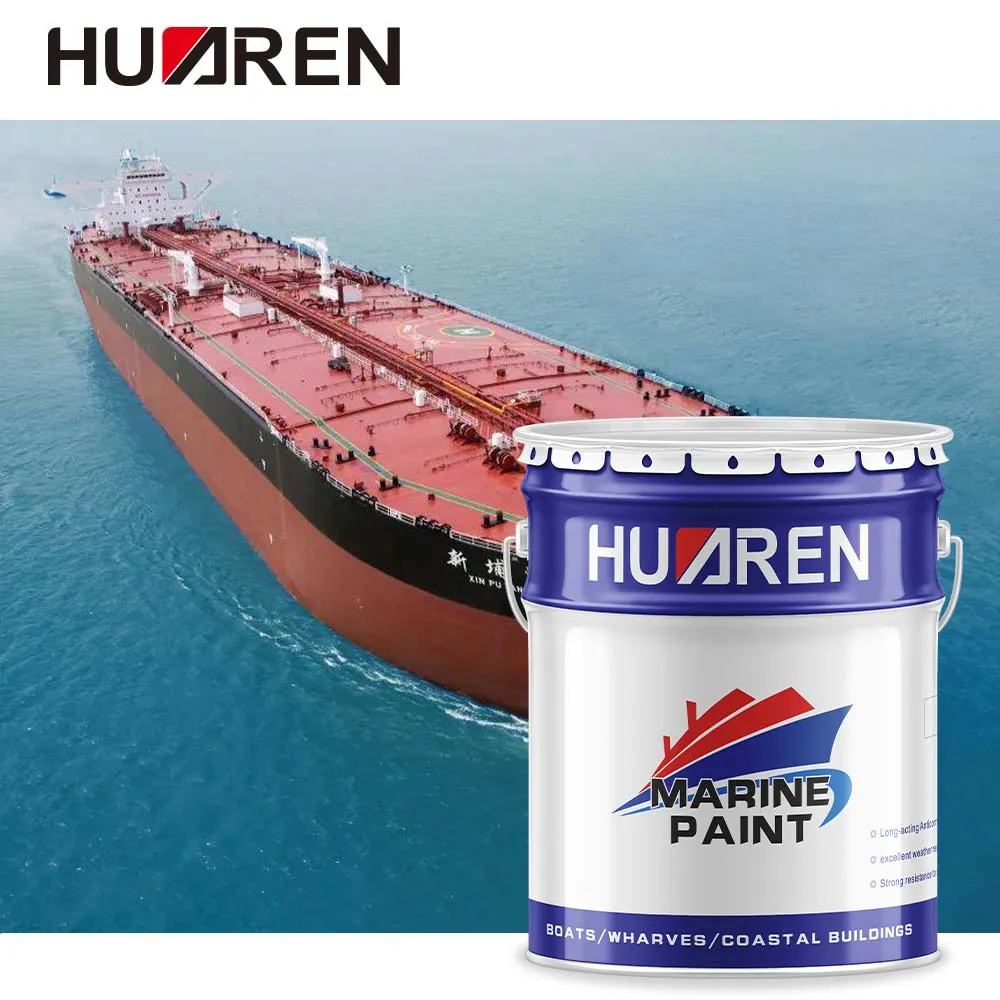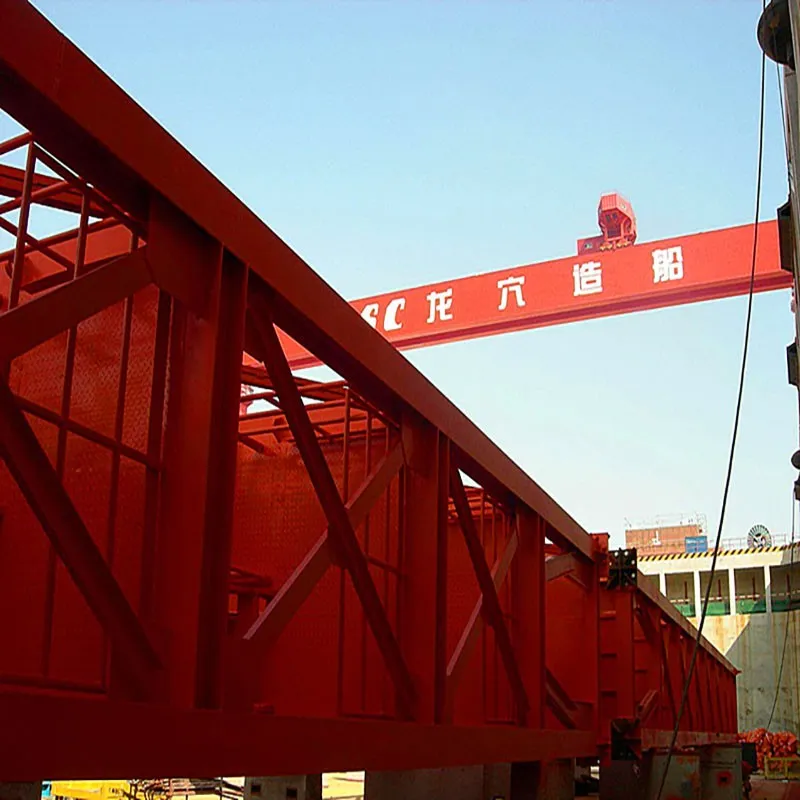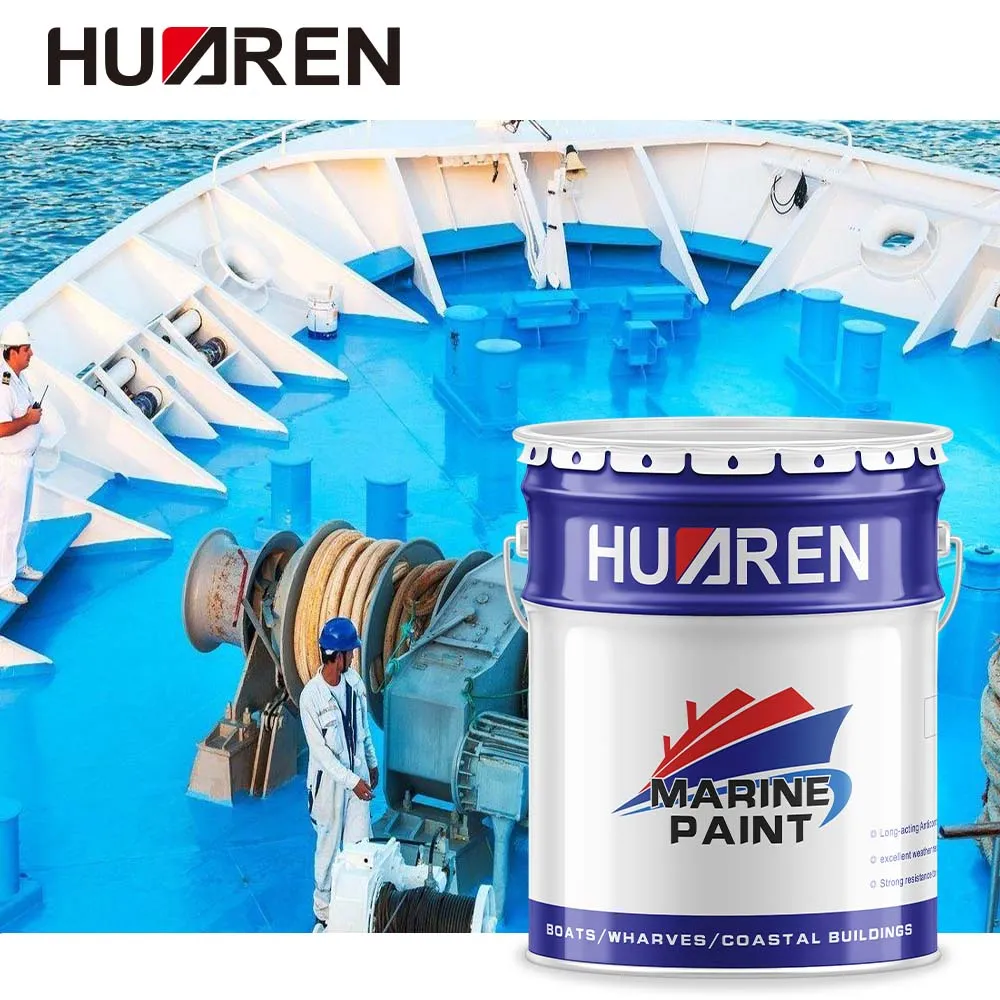Drying speed is a key factor in the paint application process, especially when time is tight or multiple layers of paint are required. Many people want to speed up the drying process when painting, shorten the waiting time, and complete the project faster. Although the drying process of paint mainly depends on its own formula and ingredients, certain liquids can indeed speed up the drying process of paint.
This article will take a deep look at what liquids can be added to make paint dry faster, and analyze in detail the working principles, advantages and disadvantages of these liquids and their effects on coatings.

How does paint dry?
Before discussing which liquids can make paint dry faster, it is necessary to understand the drying principle of paint. The drying process of paint usually includes two stages: surface drying and complete drying.
1. Surface drying: When the paint is applied to the surface, the solvent or water begins to evaporate and form a preliminary film. This stage is usually faster, but it does not mean that the paint has been completely hardened.
2. Complete drying: After the surface is dry, the interior of the paint needs to be cured through chemical reactions (such as oxidation or polymerization). This process is much slower than surface drying.
The drying speed of paint is affected by many factors, including ambient temperature, humidity, ventilation conditions, and the paint's own formula ingredients. Certain additives or liquids can speed up the evaporation and chemical reactions of solvents, thereby speeding up the drying process.

What liquids can make paint dry faster?
The following liquids can significantly speed up the drying speed of paint, but their use methods and effects vary. The specific liquid to use should depend on the type of paint, construction environment, and needs.
Drying Agent
Drying agent is an additive commonly used to speed up the drying speed of paint, especially in oil-based paints and industrial coatings. Drying agents speed up the hardening process by accelerating oxidation or polymerization reactions in paint.
● Principle of action: The metal ions in the drying agent (such as cobalt, manganese, lead, etc.) can promote the cross-linking reaction between paint components, allowing the paint to dry in a short time.
● Advantages: Drying agents can significantly speed up the drying speed of paint, especially for oil-based paints, epoxy paints, and other paint types that take a long time to dry.
● Disadvantages: Excessive use of drying agents may cause cracking or premature hardening of the paint surface, affecting the final quality of the paint film. In addition, the ingredients in some drying agents may have a certain impact on the environment and human body, so be careful when using them.
Thinner
Thinner is a liquid commonly used to dilute paint, but it can also speed up the drying of paint to a certain extent. By reducing the viscosity of the paint, thinners can help the paint be applied more evenly and make the solvent evaporate faster.
● Principle of action: Thinners speed up the surface drying process by reducing the solvent content in the paint, making it easier to evaporate. Common thinners include acetone, xylene, turpentine, etc.
● Advantages: Thinners can not only speed up the drying process, but also help the paint be applied more evenly, reducing uneven coating and sagging.
● Disadvantages: Excessive use of thinners may cause the adhesion of the paint to decrease, affecting the hardness and durability of the final paint film. In addition, thinners are highly volatile and may produce irritating odors and harmful gases, which are harmful to the human body and the environment.
Acetone
Acetone is a common solvent widely used in industrial and household paints. Due to its high volatility, acetone can significantly speed up the surface drying of paint.
● Working principle: Acetone can evaporate quickly, taking away the water or solvent in the paint, thereby speeding up the surface drying of the paint. It is particularly suitable for water-based paint and acrylic paint.
● Advantages: Acetone evaporates very quickly and can significantly shorten the drying time of the paint. In addition, acetone has good solubility and can dilute many types of paints to improve the painting effect.
● Disadvantages: Acetone is highly volatile, has a pungent smell, and is irritating to the respiratory tract. Prolonged exposure to acetone vapor may be harmful to health, so a good ventilation environment should be maintained when using it.
Turpentine
Turpentine is a natural solvent commonly used in oil paints and traditional oil-based paints. It not only dilutes the paint, but also speeds up the drying process.
● Working principle: Turpentine reduces the viscosity of the paint, making it easier to apply, and speeds up the evaporation of the solvent, thereby shortening the drying time.
● Advantages: Turpentine is a natural extract. Compared with other chemical solvents, its odor is milder and less harmful to the environment. In addition, turpentine has good permeability and can help paint adhere better to wood or metal surfaces.
● Disadvantages: Although turpentine is relatively mild, it does not dry as quickly as acetone or drying agents. Therefore, it is more suitable for less urgent construction occasions.
Ethanol
Ethanol is a common organic solvent with strong volatility and solubility. Adding a small amount of ethanol to the paint can help speed up the drying of the paint.
● Principle of action: Ethanol can accelerate the evaporation of solvents, thereby shortening the surface drying time of the paint. It is mainly suitable for water-based paints and certain special paints.
● Advantages: Ethanol is colorless and odorless, does not leave residue after evaporation, and has little effect on the quality of the coating film. It can also be mixed with a variety of solvents to further improve the drying effect.
● Disadvantages: Ethanol may cause fire hazards when used over a large area, especially in high temperature or closed environments. Therefore, when using ethanol to accelerate the drying of paint, good ventilation and safety measures must be maintained.

What are other ways to accelerate the drying of paint?
In addition to adding specific liquids, construction workers can also take some physical methods to speed up the drying process of paint. These methods can be used in combination with chemical additives to further improve the efficiency of coating.
Increase the temperature of the construction environment
The drying speed of paint is closely related to temperature. Properly increasing the temperature of the construction environment can accelerate the volatilization of solvents in the paint, thereby shortening the drying time. Common practices include using heaters, heat guns, or moving the painting area to the sun.
Increase air flow
Ventilation is one of the important factors affecting the drying speed of paint. By increasing air flow, such as using fans, ventilation systems, etc., it can help solvents evaporate faster and promote the drying of the paint surface.
Reduce humidity
A high humidity environment will slow down the drying process of paint, so when constructing, you should try to choose dry weather or reduce humidity through a dehumidifier. This is especially important for water-based paint, because high humidity will prolong the evaporation time of water and affect the drying speed.

How to use liquids that accelerate drying correctly?
Any liquid that accelerates drying should be used according to the recommendations in the instructions. Excessive use may cause problems such as decreased paint adhesion and cracking of the coating. In actual use, the amount and method of accelerating drying liquid should be flexibly adjusted according to the temperature, humidity and air flow of the construction environment to achieve the best effect. In addition, many accelerated drying liquids are highly volatile and irritating, so appropriate protective equipment such as masks, gloves, etc. should be worn when using them, and good ventilation should be maintained.
Huaren Chemical Industry Co., Ltd., founded in 1994, is one of China’s top manufacturers of industrial paints and resins. Our product range includes epoxy coatings, chlorinated rubber paints, acrylic resins, and alkyd coatings, all tailored to meet the needs of diverse industries such as shipbuilding, construction, and machinery. With over 20,000 tons of annual production capacity, we operate 30 cutting-edge paint production lines and 6 resin lines to ensure consistent quality and supply. Huaren is dedicated to offering competitive prices, wholesale deals, and customized solutions for businesses around the globe. Our products are widely recognized in regions like Africa, Southeast Asia, and Europe. Contact us today for factory promotions, bulk order discounts, and a tailored quote to meet your purchasing needs.

